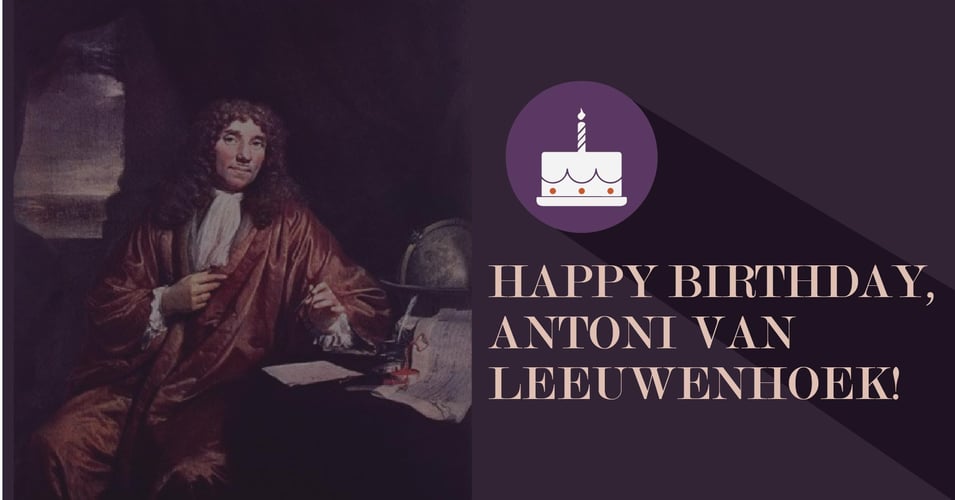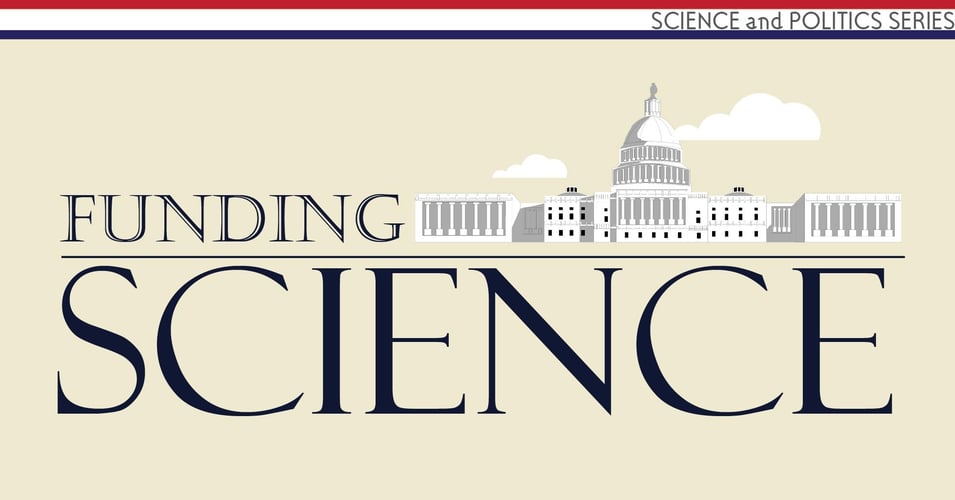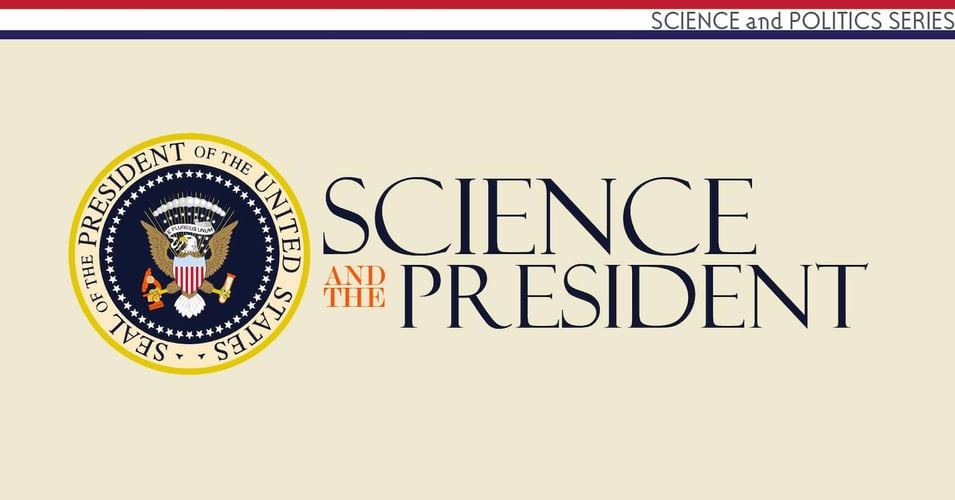3 min read.
EOScu Clinical Trial Results Are In: Significant Reductions in HAIs at Sentara Leigh Hospital
We've spent a lot of time at this blog discussing the rigors of scientific research. We've covered the emerging dangers of antibiotic-resistant ...
![EOScu Logo - Dark - Outlined [07182023]-01](https://blog.eoscu.com/hubfs/Eoscu_June2024/Images/EOScu%20Logo%20-%20Dark%20-%20Outlined%20%5B07182023%5D-01.svg)











